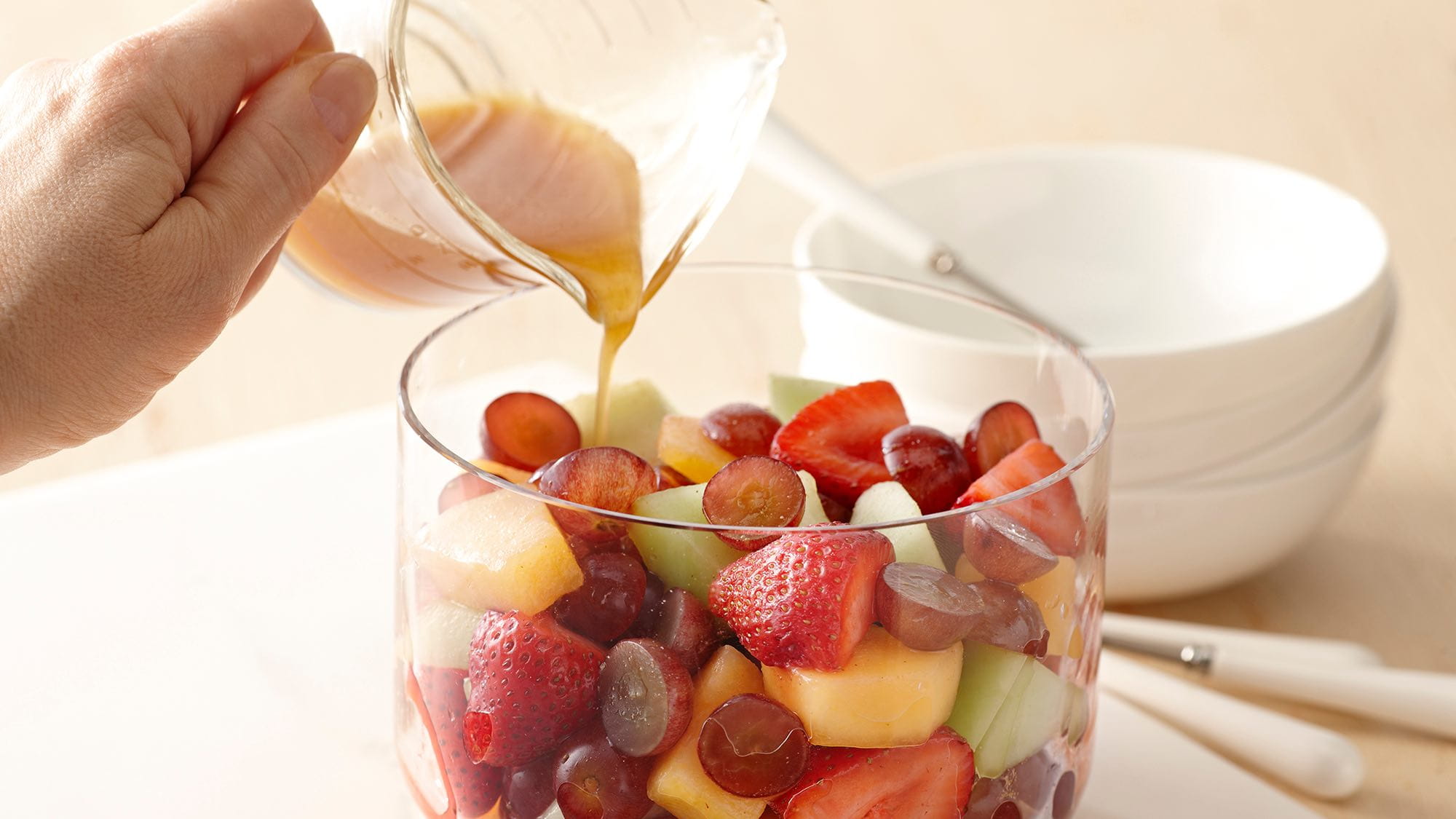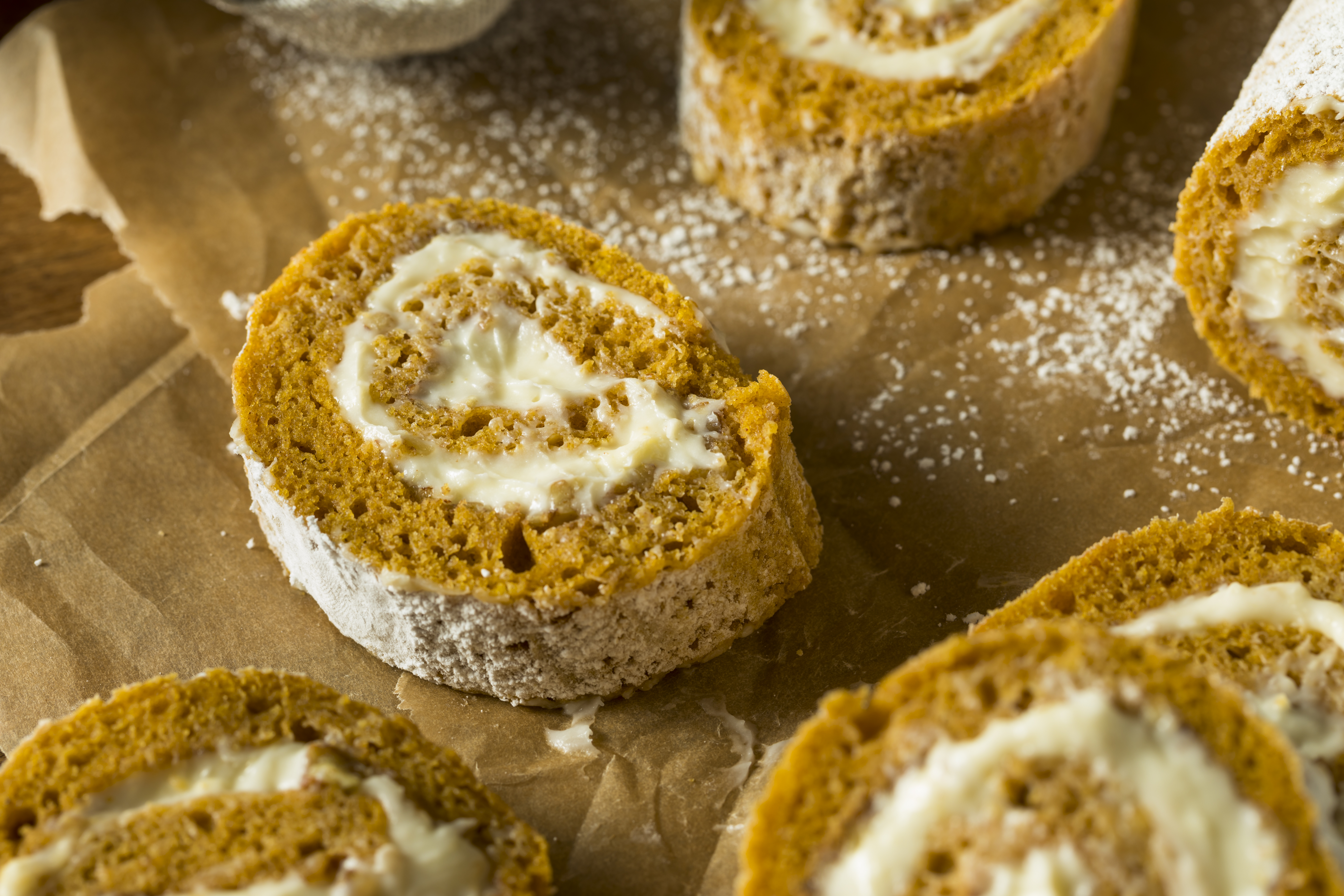How to make good honey even better
When a friend's beekeeping dad sent us two frames of honeycomb from his family's rural Pennsylvania property, the whole SAVEUR team came running to snap photos and nibble on pieces. Bees produce honey during the warmer months to eat during winter, building tiny wax cells (honeycomb) in which to store it. Since healthy hives produce far more honey than the bees could ever possibly consume, beekeepers build hives with removable frames they can access quickly to harvest the honey and comb without disturbing the bees' dwelling or damaging their supply.
The comb itself is not only edible but has a delightfully chewy, tacky texture. As with honey, the flavor and color of combs from different producers will depend on which flower nectar the bees were feeding on—like orange blossom, buckwheat, or eucalyptus. Pieces of comb are often available at gourmet food stores, and you can buy whole frames at some farmers' markets, both with plenty of gooey honey still between the cells.
What to Do With Fresh Honeycomb
- Crumble small hunks of honeycomb into scone batter before baking.
- Fold finely chopped comb into ricotta. Serve with waffles or pancakes.
- Nibble the sweet comb alongside hard, salty cheeses like Pecorino Toscano or Parmigiano-Reggiano.
- Layer a baguette with slices of ham, strong cheese, and pieces of honeycomb for texture and sweetness.
This article was written by Kat Craddock from Saveur and was legally licensed through the NewsCred publisher network. Please direct all licensing questions to legal@newscred.com.








